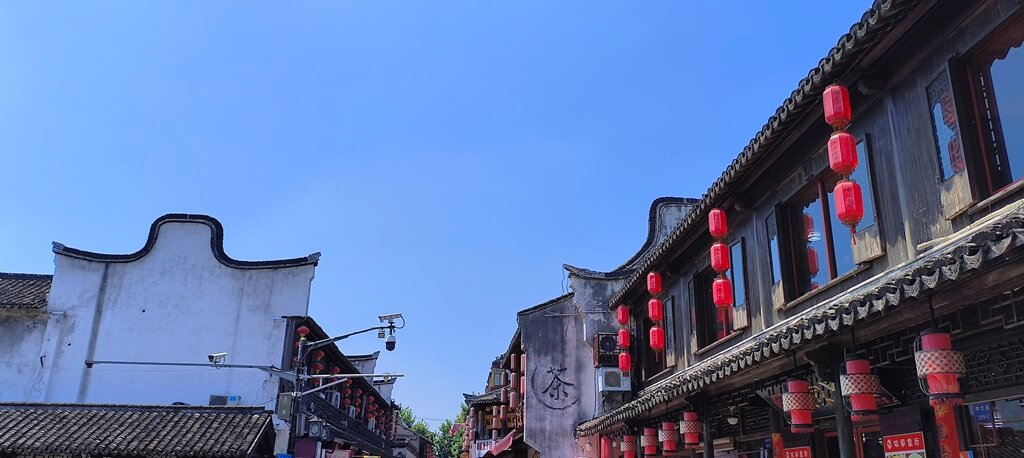Li Dan: Making Money Should Be the Top Priority for Artists
Li Dan, awell-known Chinese comedian and writer, recently sparked controversy with his statement that artists should prioritizemaking money. This statement, made during a recent interview, has ignited debate within the Chinese artistic community and beyond.
Li Dan’s argument is rooted inthe belief that financial security allows artists to focus on their craft without being burdened by financial worries. He argues that the traditional notion of the starving artist, struggling tocreate while living in poverty, is outdated and unrealistic. He believes that financial stability provides artists with the freedom to explore their creativity without being constrained by the need to compromise their artistic integrity for commercial success.
His statement, however, has beenmet with mixed reactions. Some artists and critics agree with Li Dan’s perspective, arguing that financial independence is crucial for artistic freedom. They point to the fact that many artists struggle to make ends meet, often forced to take on commercial projectsthat compromise their artistic vision. They believe that prioritizing financial security allows artists to focus on their craft and create work that is truly meaningful to them.
Others, however, argue that Li Dan’s statement is a dangerous simplification of the complex relationship between art and money. They argue that prioritizing financial gain can lead to artisticcompromise and a focus on creating work that is commercially successful rather than artistically valuable. They believe that art should be driven by a passion for creativity and a desire to express oneself, not by the pursuit of financial gain.
This debate highlights the ongoing tension between the artistic pursuit of creative expression and the economic realities of theart world. While financial stability can provide artists with the freedom to explore their creativity, it can also lead to artistic compromise. The question of whether artists should prioritize making money is a complex one, with no easy answers.
It’s important to note that Li Dan’s statement should not be interpreted as a dismissalof the value of art or a suggestion that artists should abandon their artistic principles. Rather, it should be seen as a reflection of the changing landscape of the art world and the increasing need for artists to be financially secure in order to thrive.
The debate surrounding Li Dan’s statement is likely to continue, prompting further discussionabout the role of money in the art world. It is a conversation that should be had, as it sheds light on the challenges and opportunities facing artists in today’s society.
Further Considerations:
- The evolving art market: The art market has become increasingly commercialized in recent years, with artoften being treated as a commodity rather than a form of creative expression. This has led to a situation where artists are often pressured to create work that is commercially successful, even if it compromises their artistic vision.
- The role of patronage: Historically, artists have relied on patrons to support their work. However, the riseof the commercial art market has led to a decline in patronage, making it more difficult for artists to find financial support.
- The importance of artistic integrity: While financial security can provide artists with the freedom to create, it is important for artists to maintain their artistic integrity and not compromise their vision for the sake of commercial success.
Conclusion:
Li Dan’s statement has sparked a necessary conversation about the role of money in the art world. While financial security can be beneficial for artists, it is important to remember that art should be driven by a passion for creativity and a desire to express oneself, not by the pursuit of financial gain. The challenge for artists today is to find a balance between financial stability and artistic integrity, ensuring that they can create work that is both meaningful and financially sustainable.
Views: 0
